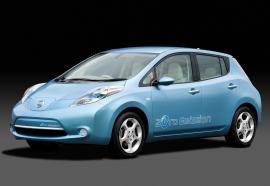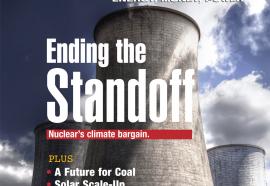Back to Business
Utility deals resume after 18 months of austerity.
Utilities are taking advantage of a sweet spot in the capital markets, pre-funding and refinancing at record low rates. But cheap money won’t resolve overhanging uncertainties preventing cap-ex projects and M&A deals. Greater certainty in America’s economic and policy outlook will clear a path for strategic change.











